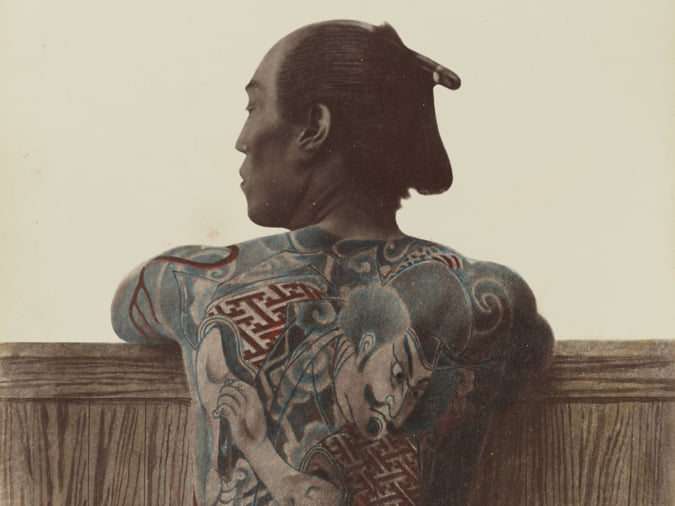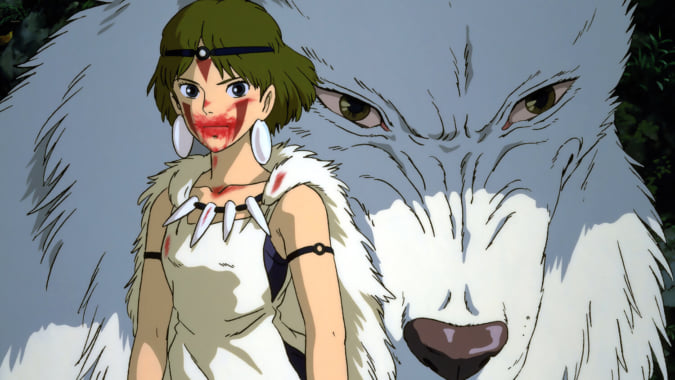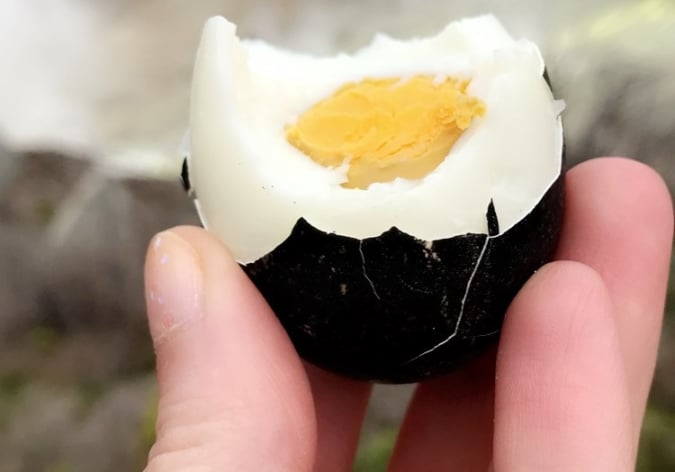Somen, the Versatile Noodle
Kyushu on the Table: Pairing Kyushu Specialties with French Cuisine #03
When one thinks of noodles, one’s mind usually goes to the tasty triumvirate: soba, udon, and ramen. However, a conversation about Japanese noodle culture would be amiss without including somen, which sadly is the only of these four noodles that spellcheck doesn’t recognise.
The sounds of the cicadas, the wind gently blowing bells, and the of slurping cold somen are the sounds of summer in Japan. Its texture, modestly firm and smooth, is the noodle’s charm. Soba, udon, and ramen require soup, but somen does well on its own.
Somen is a chameleon of sorts, as it blends beautifully with the food that surrounds it—if you appreciate its texture. It’s often used by French and Italian chefs. Sometimes they substitute it for capellini or use it as a soup ingredient. It finds a special place in rich soups such as pumpkin or mushroom potage.

Stretched and dried, the somen is often longer than the maker is tall.
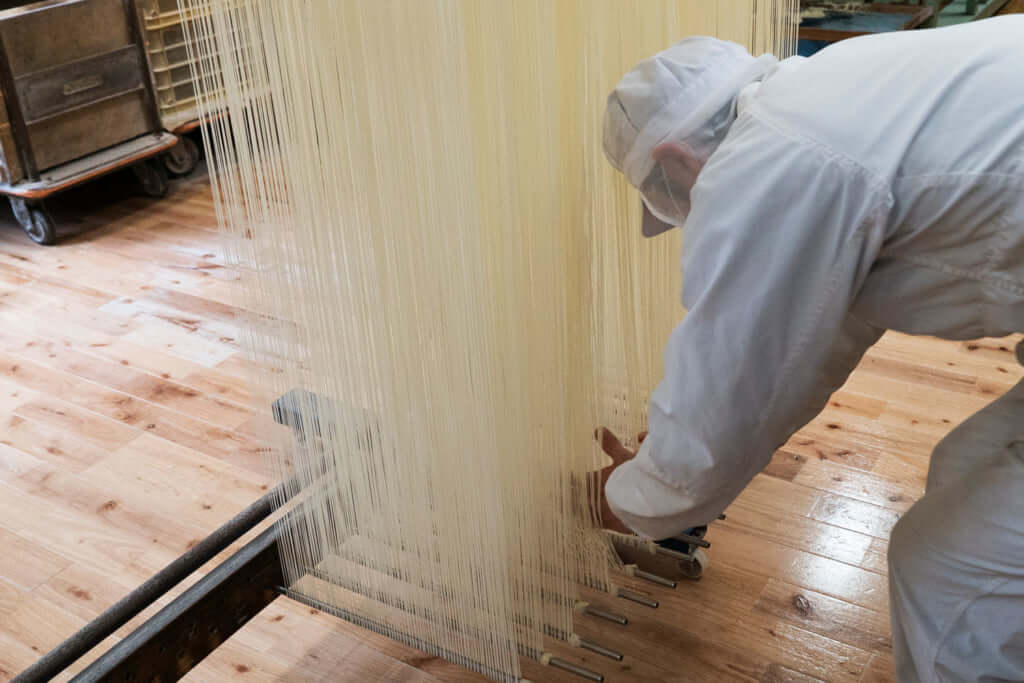
Somen is carefully stretched by hand. The masters of this art know how to pay attention to the humidity and temperature and make adjustments to their noodles.
Nagasaki’s Minami-Shimabara City produces some of Japan’s favorite somen. Water determines the noodle’s texture more than anything, and the city’s subterranean river from Mt Unzen is the secret to the area’s tasty somen. Different locations along the river give the noodle different qualities. Minami-Shimabara’s specialty is an al dente noodle, so the somen maintains its firmness in both hot and cold soups. Maybe it’s time you explore your original recipe for somen.
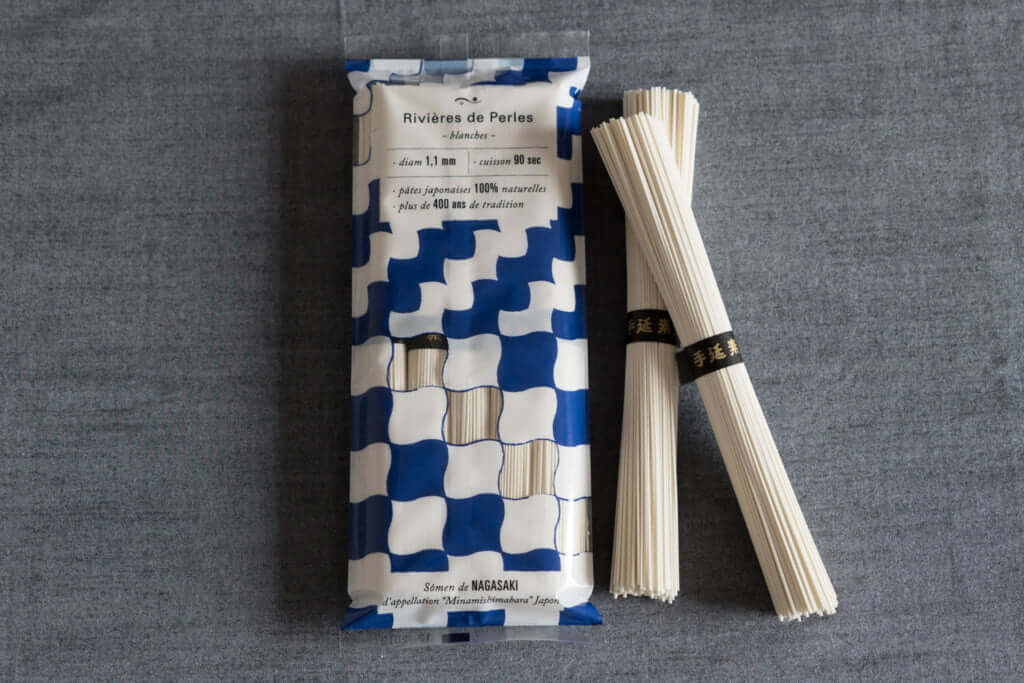
Stretching the noodles carefully, the somen masters’ craft is seen in uniform noodles, and it’s a sight to behold. This is Shimabara-Tenobe Somen, which is made for the French market and comes in a distinctive blue package.
TRENDING
-
Colour Photos of Yakuza Tattoos from the Meiji Period
19th-century photographs have captured the usually hidden tattoos that covered the bodies of the members of Japanese organised crime gangs.

-
The Tattoos that Marked the Criminals of the Edo Period
Traditional tattoos were strong signifiers; murderers had head tattoos, while theft might result in an arm tattoo.

-
The Nobu Empire, the Fruit of the Friendship between the Chef and Robert De Niro
The two men are partners in Nobu Hospitality, a luxury restaurant and hotel brand that has become a global success.

-
Hayao Miyazaki, the Man Who Adored Women
The renowned director places strong female characters at the heart of his work, characters who defy the clichés rife in animated films.

-
The Tradition of the Black Eggs of Mount Hakone
In the volcanic valley of Owakudani, curious looking black eggs with beneficial properties are cooked in the sulphurous waters.

